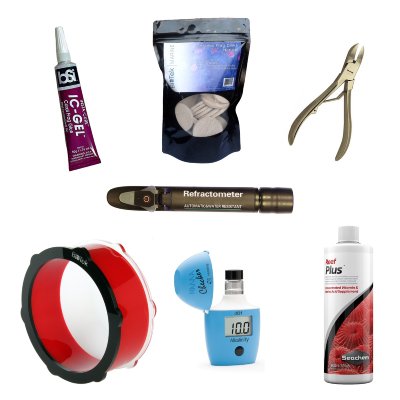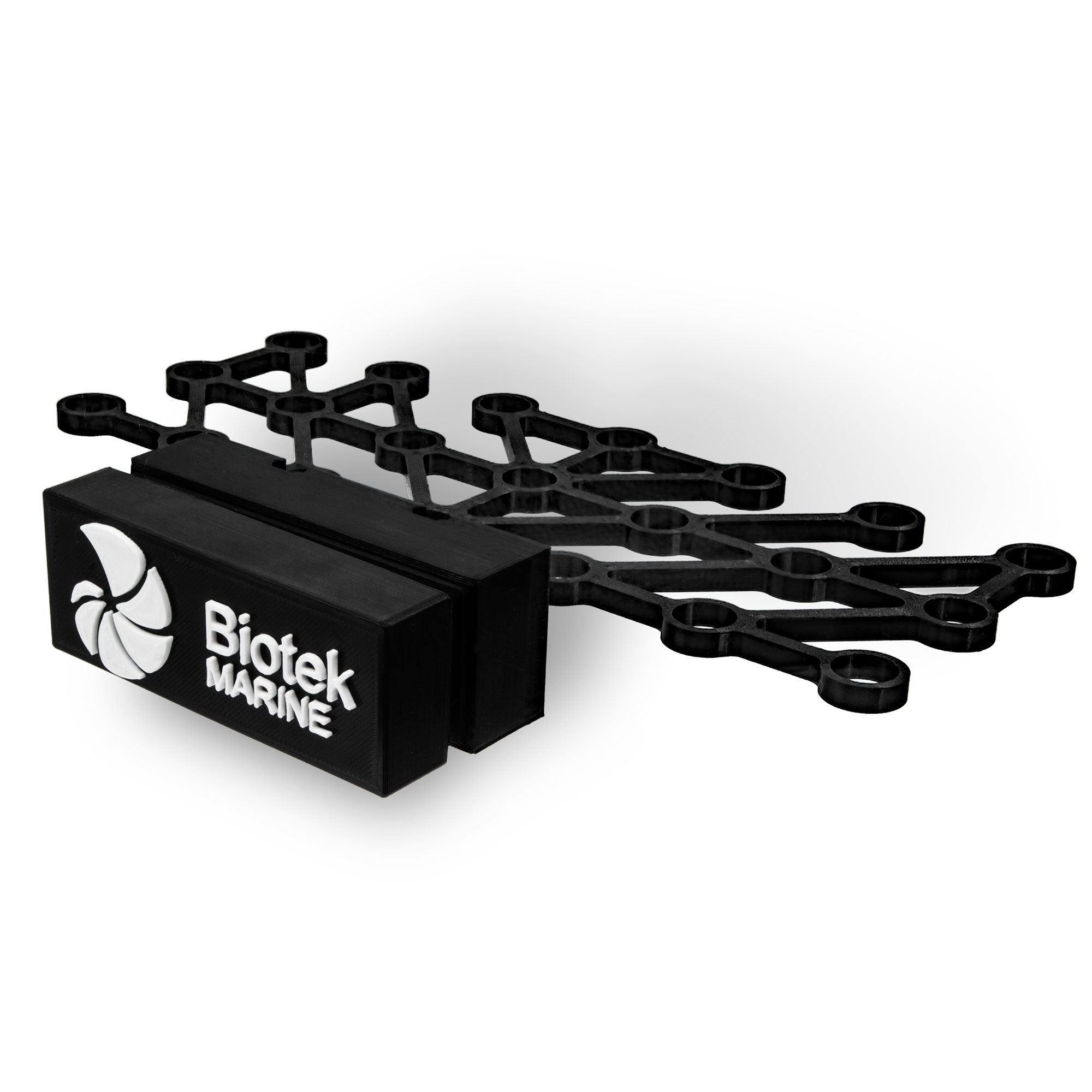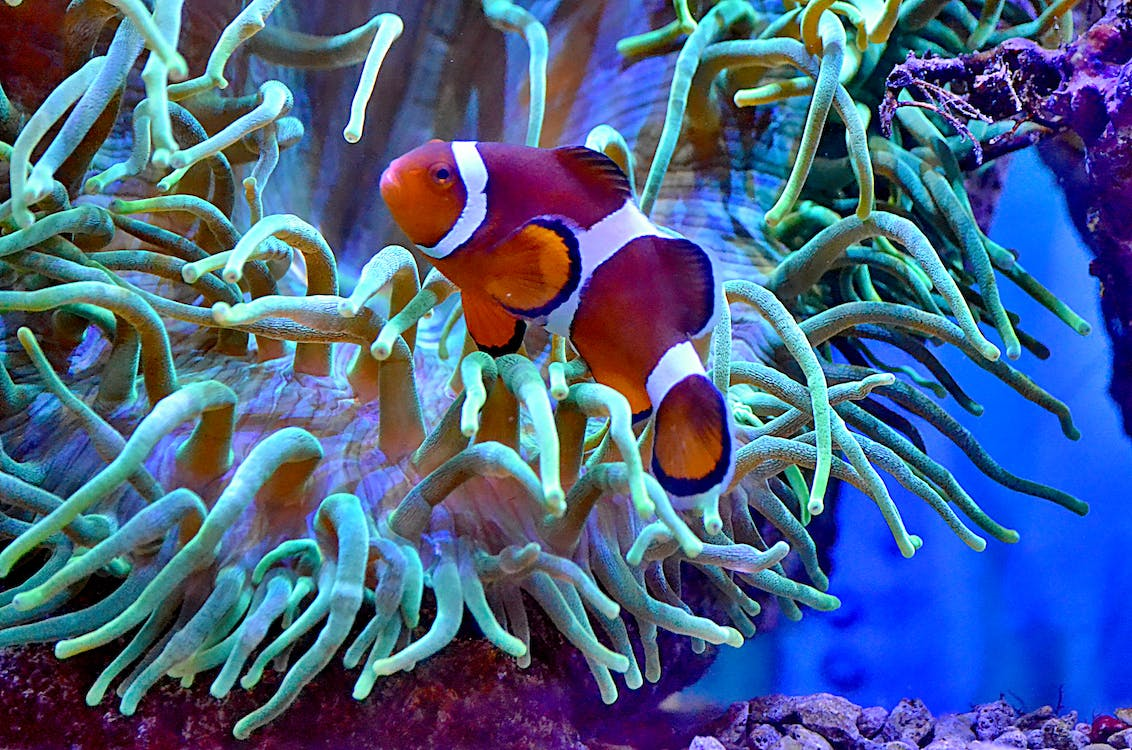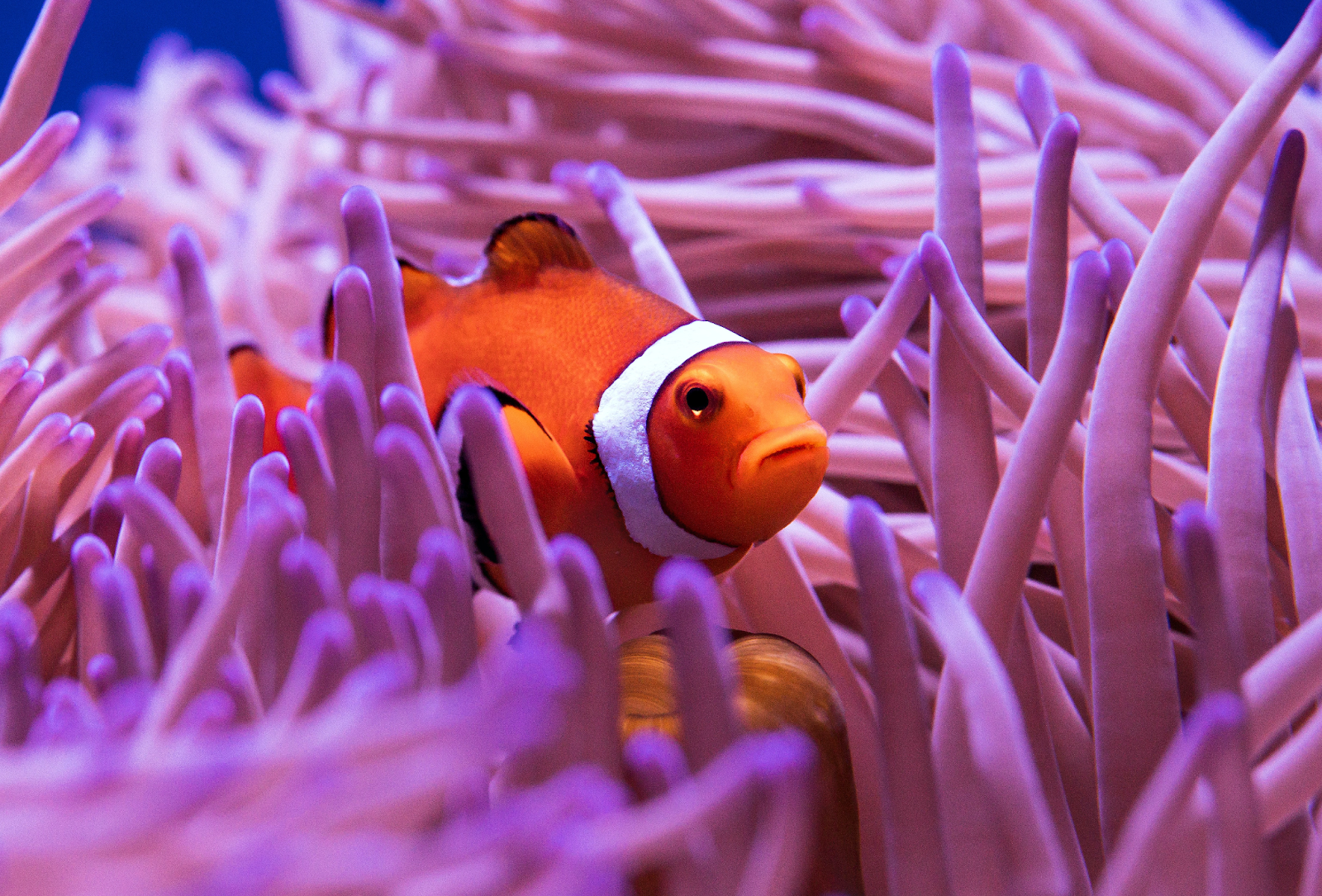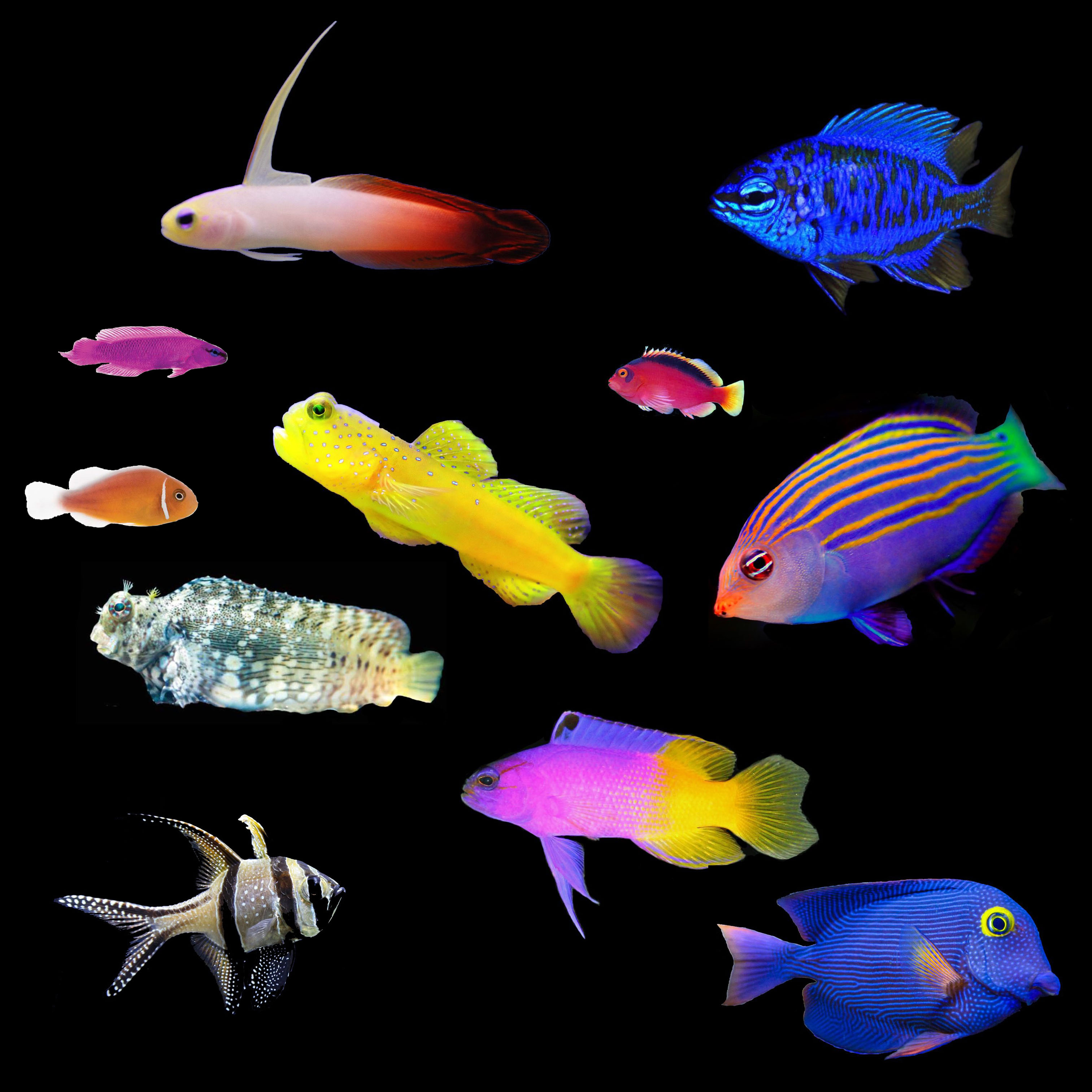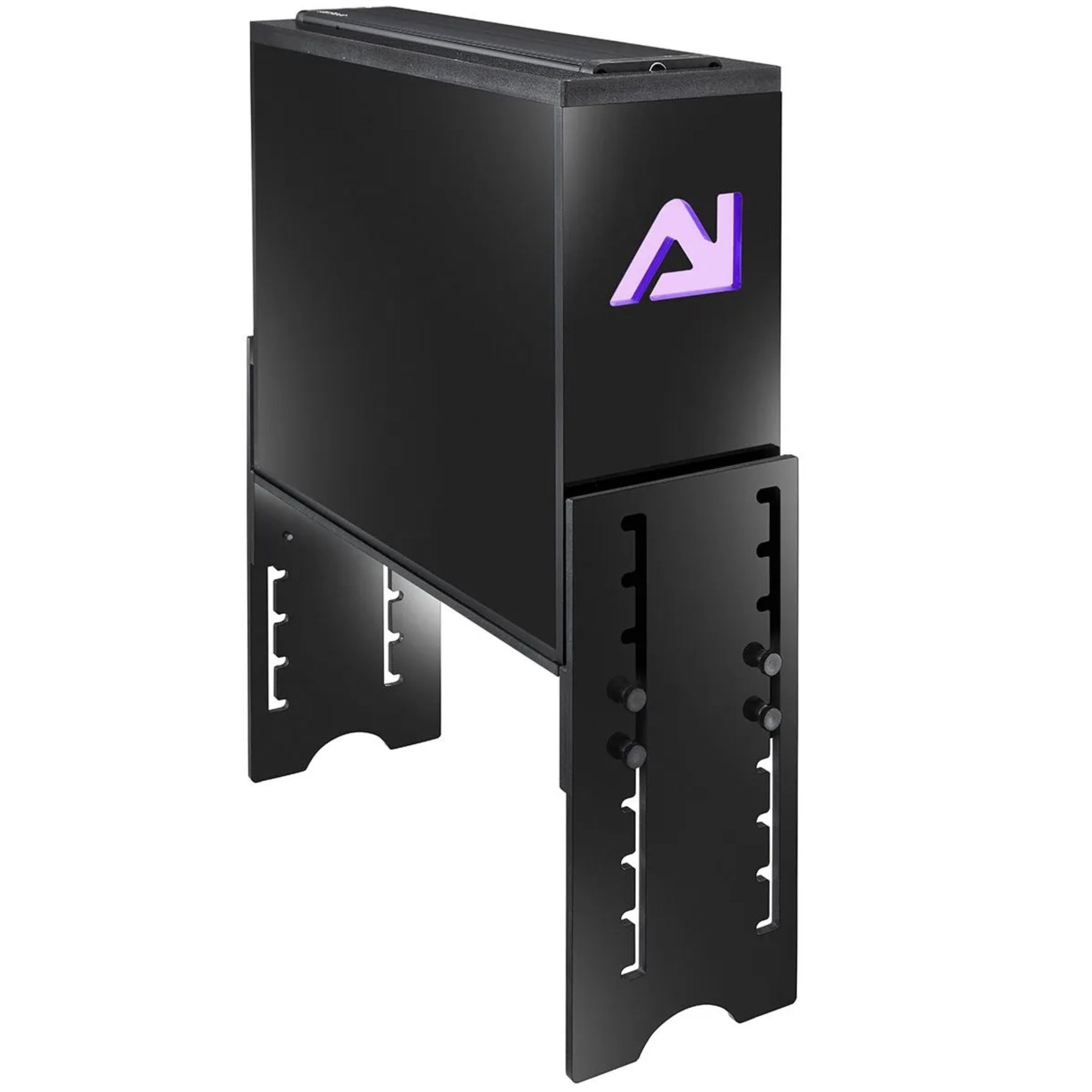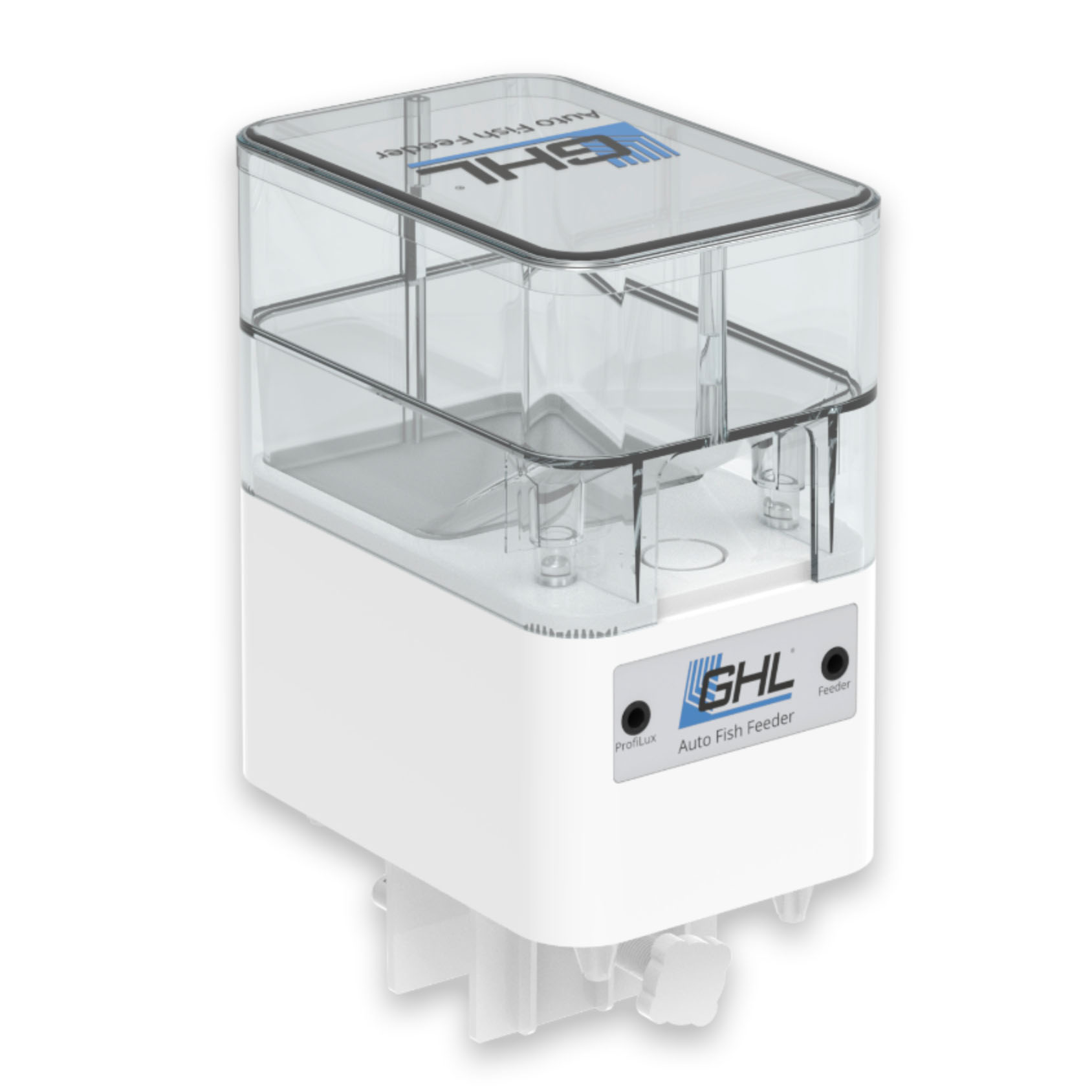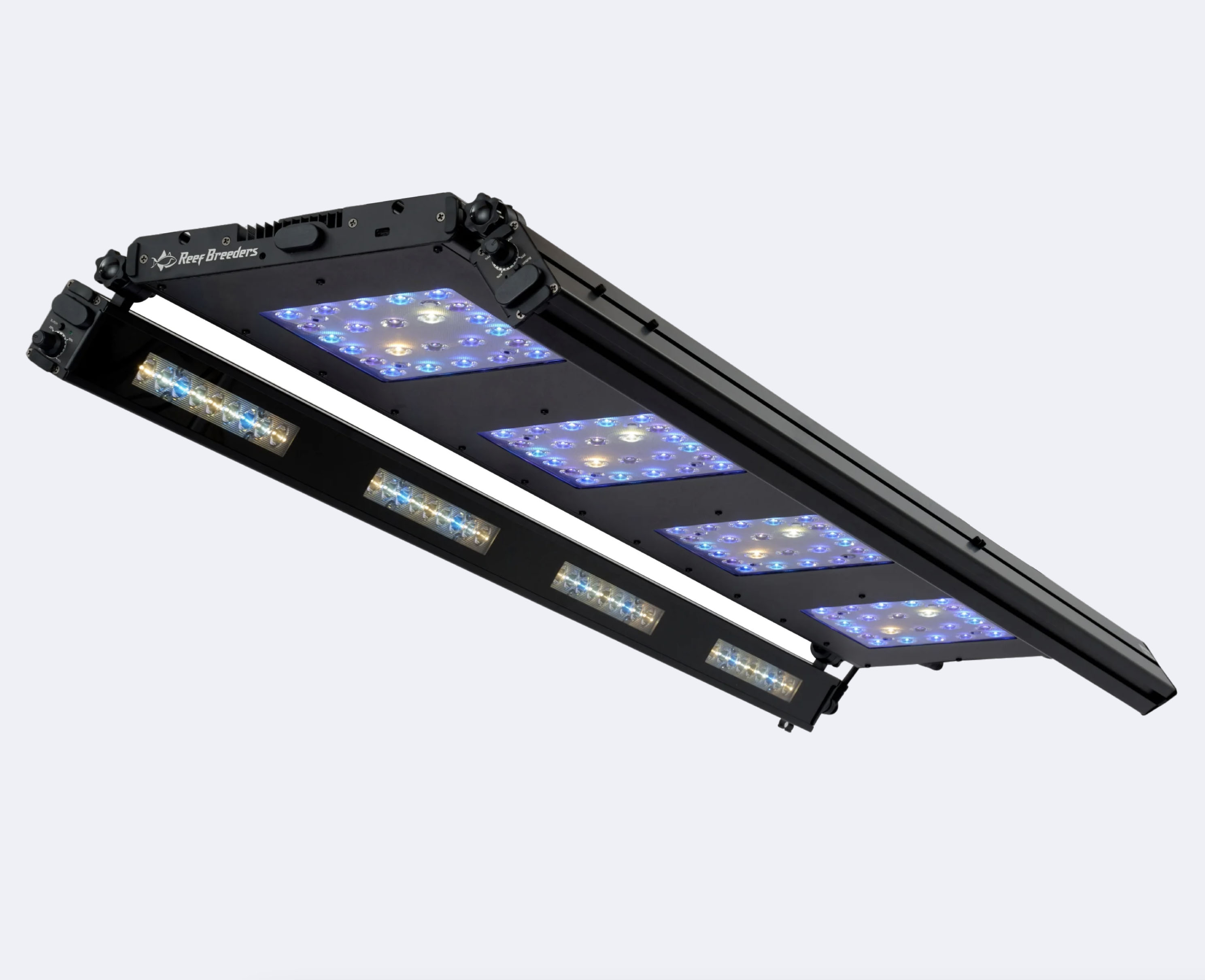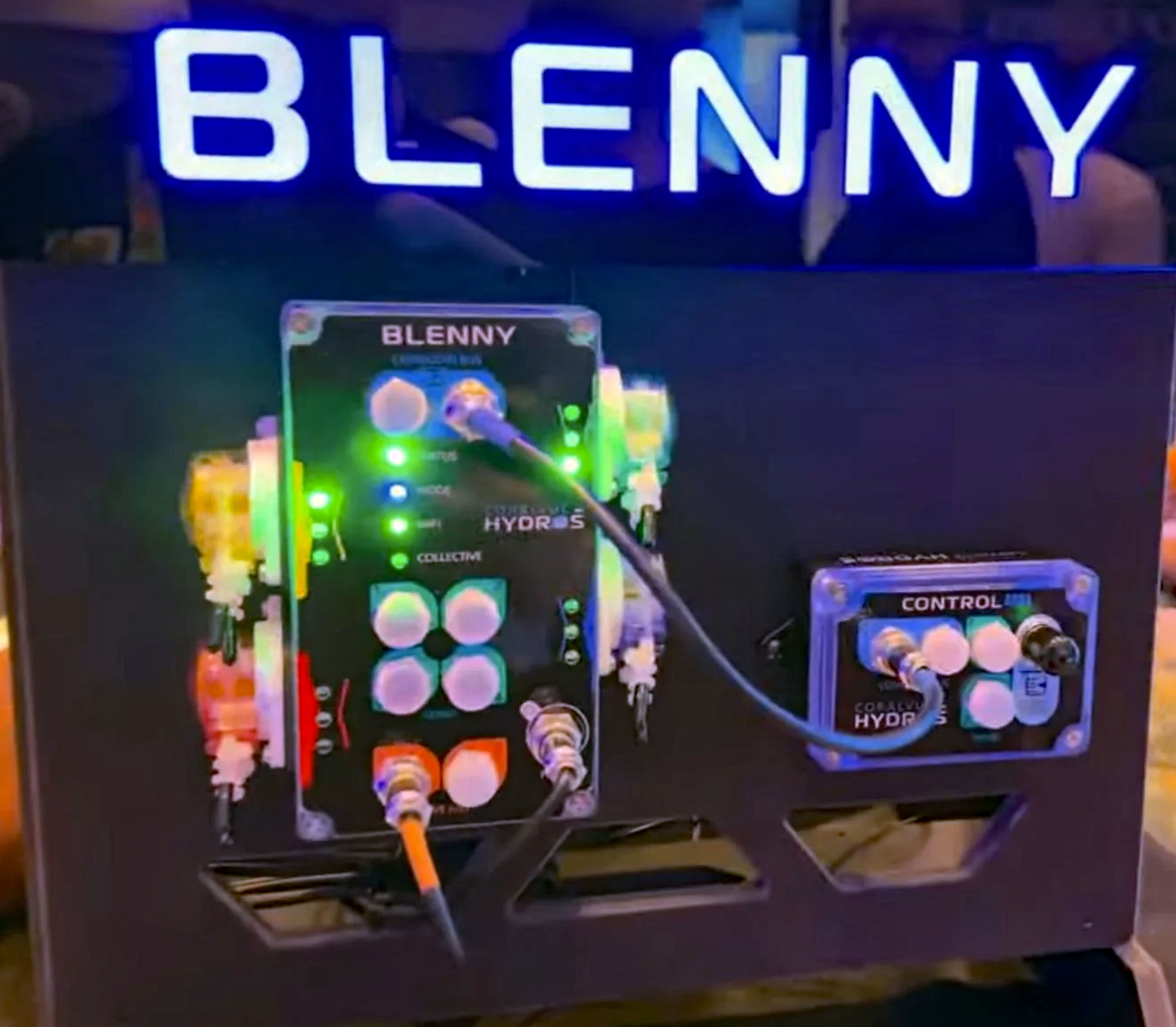We use cookies to make your experience better. To comply with the new e-Privacy directive, we need to ask for your consent to set the cookies. Learn more.
Beginner’s Guide to Caring for Corals in an Aquarium
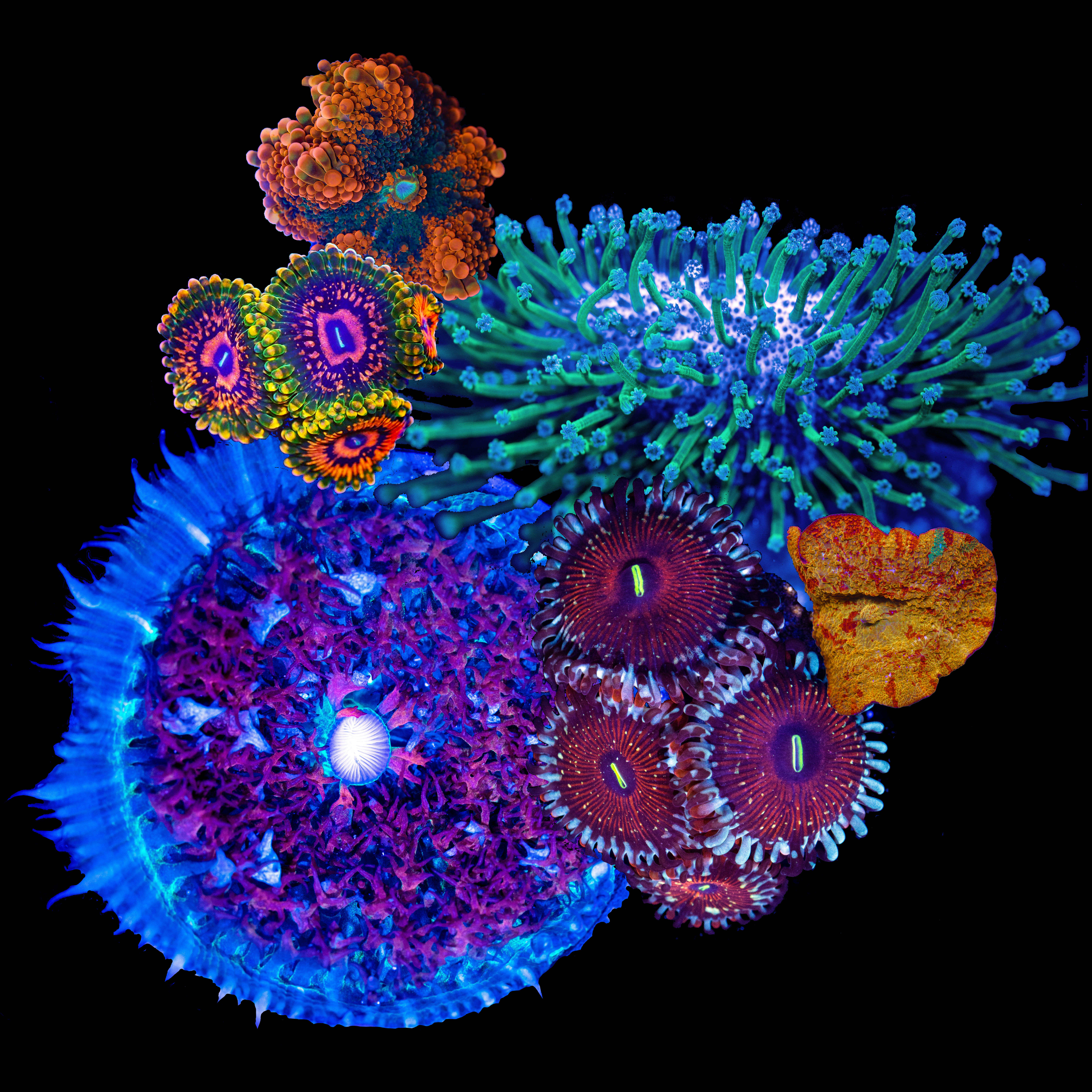
Coral aquariums are a beautiful and rewarding addition to any home and most businesses that have walk-in traffic but they require careful attention and knowledge to maintain a reef aquarium sucessfully. However, it is a common misconception that you need a chemistry or science degree to take care of a reef aquarium. If you're new to the world of corals, this guide will help you understand the basics of coral care, including the types of corals that are easiest for beginners to keep. Keep in mind this article is just a basic overview of what corals require and things to look out for when caring for corals in a reef aquarium.
Understanding Coral Types
Corals can be broadly categorized into three groups based on their structure and care requirements. The 3 basic groups were developed to help hobbiests understand some as of basics as it relates to coral morphology (the branch of biology that deals with the form of living organisms and with relationships between their physical structures).
- Soft Corals - Soft corals hese are generally considered to be easiest to care for and are often recommended for beginners. They don’t have a hard skeleton and are more tolerant of varying water conditions, trace elements and overall water parameters.
- Large Polyp Stony (LPS) Corals - These corals have large, fleshy polyps and a stony base. They are more challenging than soft corals but can still be suitable for beginners with the right care. Some species of LPS corals are easier to keep than others. For example, hammer corals and frogspawn corals are easier to keep than torch corals.
- Small Polyp Stony (SPS) Corals - These are the most challenging corals to keep due to their high demands for water quality, lighting, and flow. They are best left for experienced aquarists and some of the more popular vararities include Acropora sp., Montipora sp., Stylopora sp, Pocilopora sp., Seritopora sp., and several more. SPS corals may be the most chalanging but they can also be some of the most beautiful corals found in the aquarium hobby.
Setting Up Your Coral Aquarium
To successfully care for corals, you need to create an environment that closely mimics their natural habitat. Here’s how to get started:
-
Tank Size: A tank of at least 20 gallons is recommended for beginners. Larger tanks provide more stable water parameters, which is crucial for coral health.
-
Lighting: Corals rely on light to thrive. Soft corals and LPS corals can often do well under moderate lighting, while SPS corals require intense lighting, typically provided by LED or metal halide lights.
-
Water Flow: Corals need water movement to help with gas exchange and nutrient delivery. Soft corals prefer low to moderate flow, while LPS corals do well with moderate flow. SPS corals require strong, turbulent flow.
-
Water Quality: Maintaining stable water parameters is key. Here are the recommended levels for a beginner coral tank:
- Temperature: 76-80°F (24-28°C)
- Salinity: 1.023-1.025 specific gravity
- pH: 8.1-8.4
- Alkalinity: 8-12 dKH
- Calcium: 400-450 ppm
- Magnesium: 1250-1350 ppm
- Nitrates: <10 ppm
- Phosphates: 0.03 - 0.10 ppm
-
Filtration: Use a good protein skimmer to remove organic waste. Regular water changes (10-20% every 1-2 weeks) are essential to maintaining water quality.
Beginner-Friendly Coral Species
Here are some coral species that are easier to care for and ideal for beginners:
-
Mushroom Corals (Discosoma spp.) - Known for their vibrant colors and ease of care, mushroom corals are hardy and adaptable to different lighting conditions.
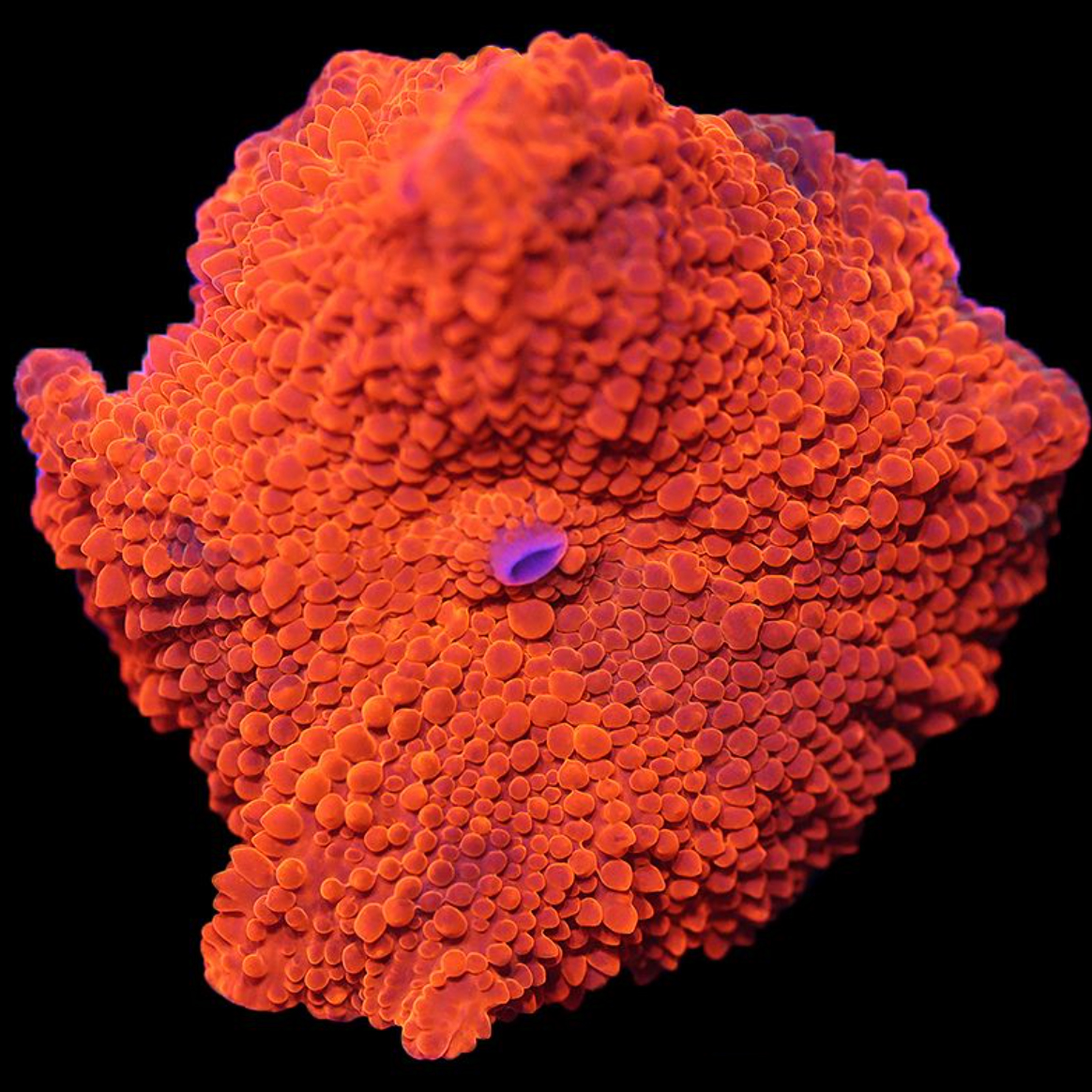
Zoanthids (Zoanthus spp.) - These small, colorful polyps are popular for beginners. They are relatively hardy, require moderate lighting, and are tolerant of various water conditions.
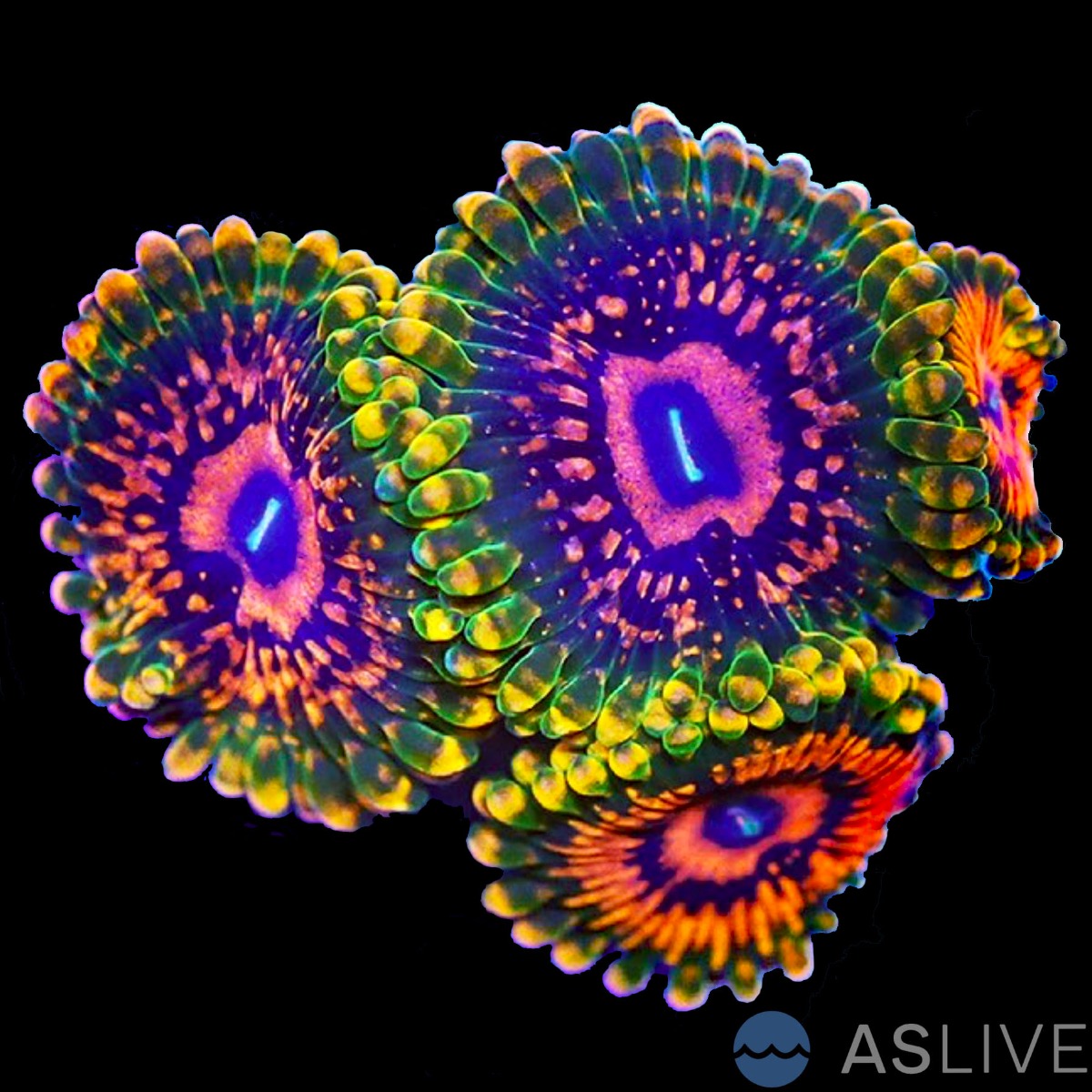
Green Star Polyps (Pachyclavularia violacea) - This fast-growing coral can quickly cover rock surfaces. It requires moderate to high lighting and moderate water flow.
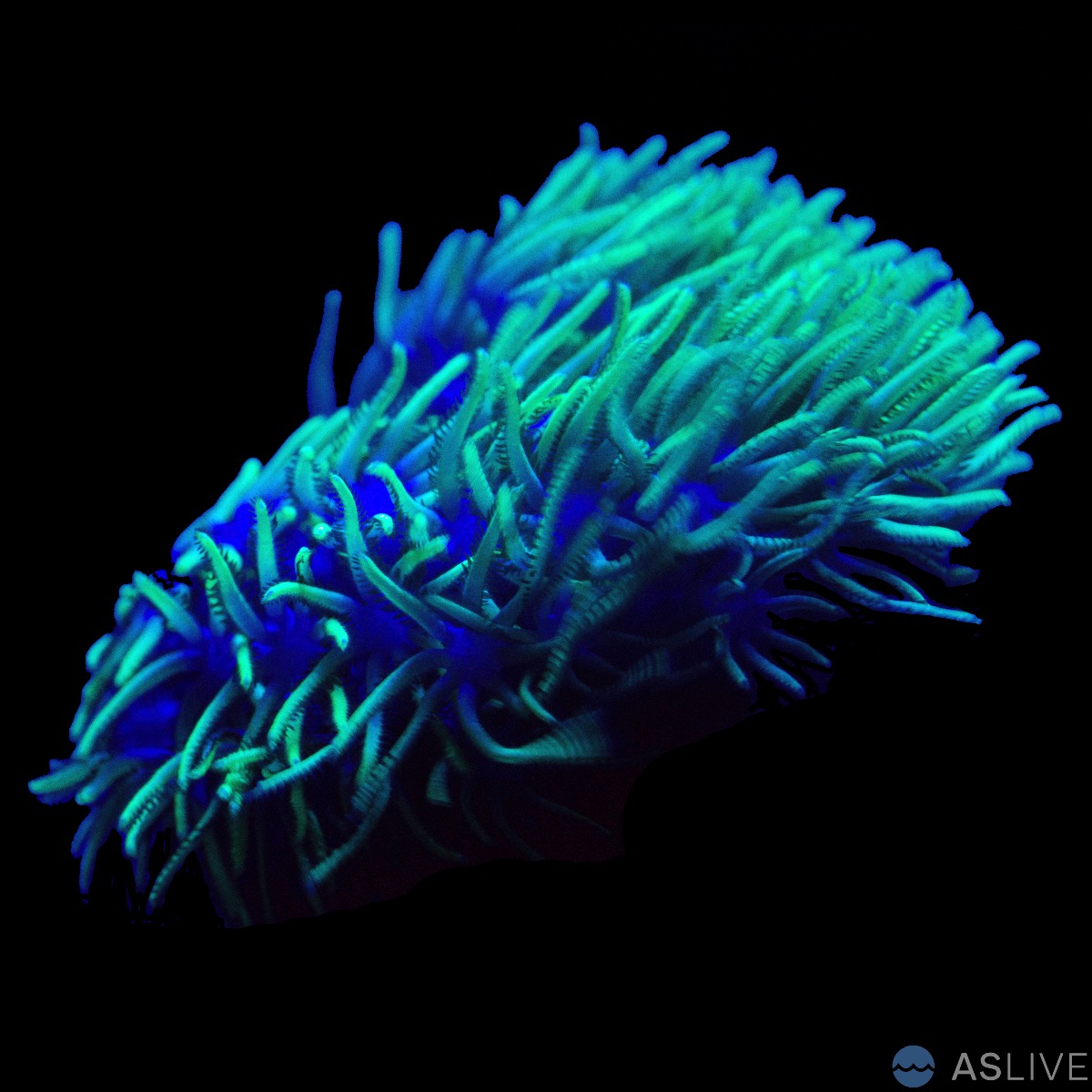
Kenya Tree Coral (Capnella spp.) - A very forgiving soft coral, Kenya Tree Coral can tolerate a range of water conditions. It prefers moderate light and flow. But keep in mind, Kenya Tree corals can grow like weeds and spread thoughout the aquarium! For this reason it is one of my personal least favorite corals to keep. So much so that we don't Capnella in any of of reef aquriums.
Leather Corals (Sarcophyton spp. and Sinularia spp.) - These soft corals are known for their large, fleshy appearance. They are easy to care for, requiring moderate light and medium flow.
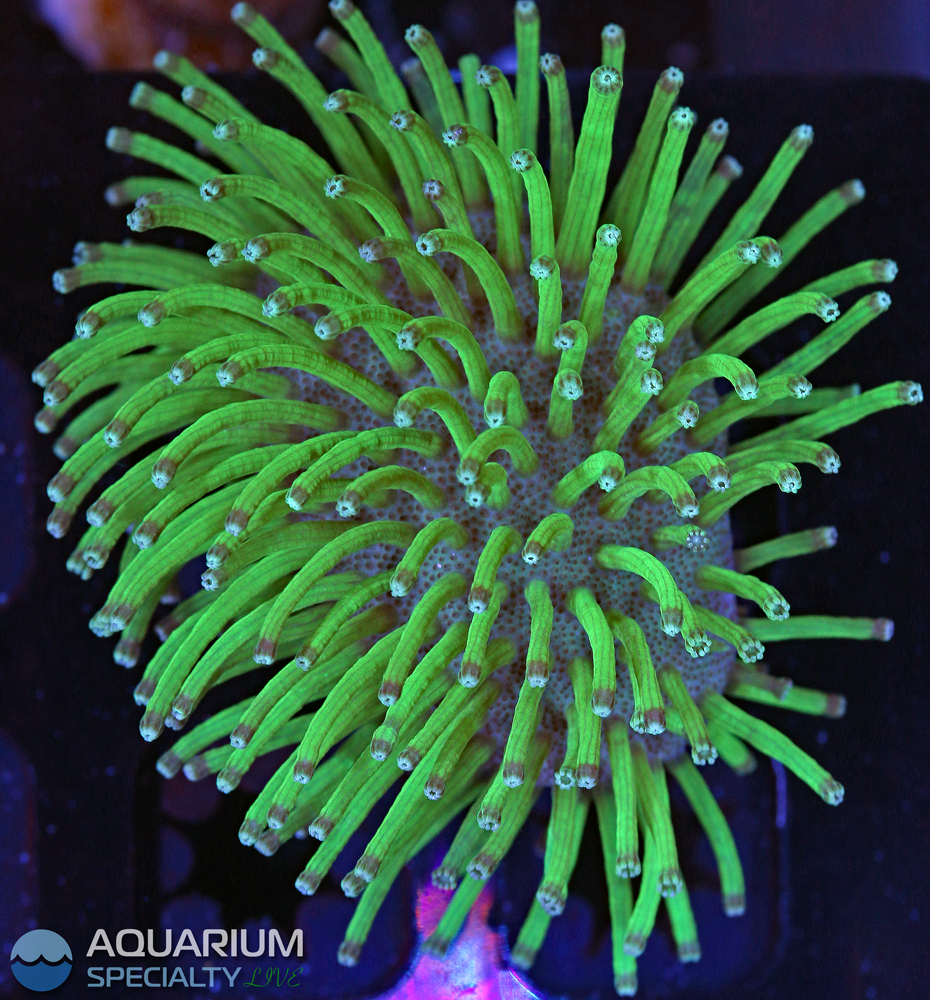
Most of the aforementioned corals require low to moderate light and flow. With these corals it is not as necessary to have high-end lighting and higher flow rates that usually require in-tank wavemaker pumps and more expensive equipment.
-
Hammer Coral (Euphyllia ancora) - This LPS coral is a bit more challenging but still manageable for beginners. It has large, fleshy polyps that resemble a hammer. Hammer corals requires moderate light and flow and we recommend better lighting to grow hammer corals and regular water testing.
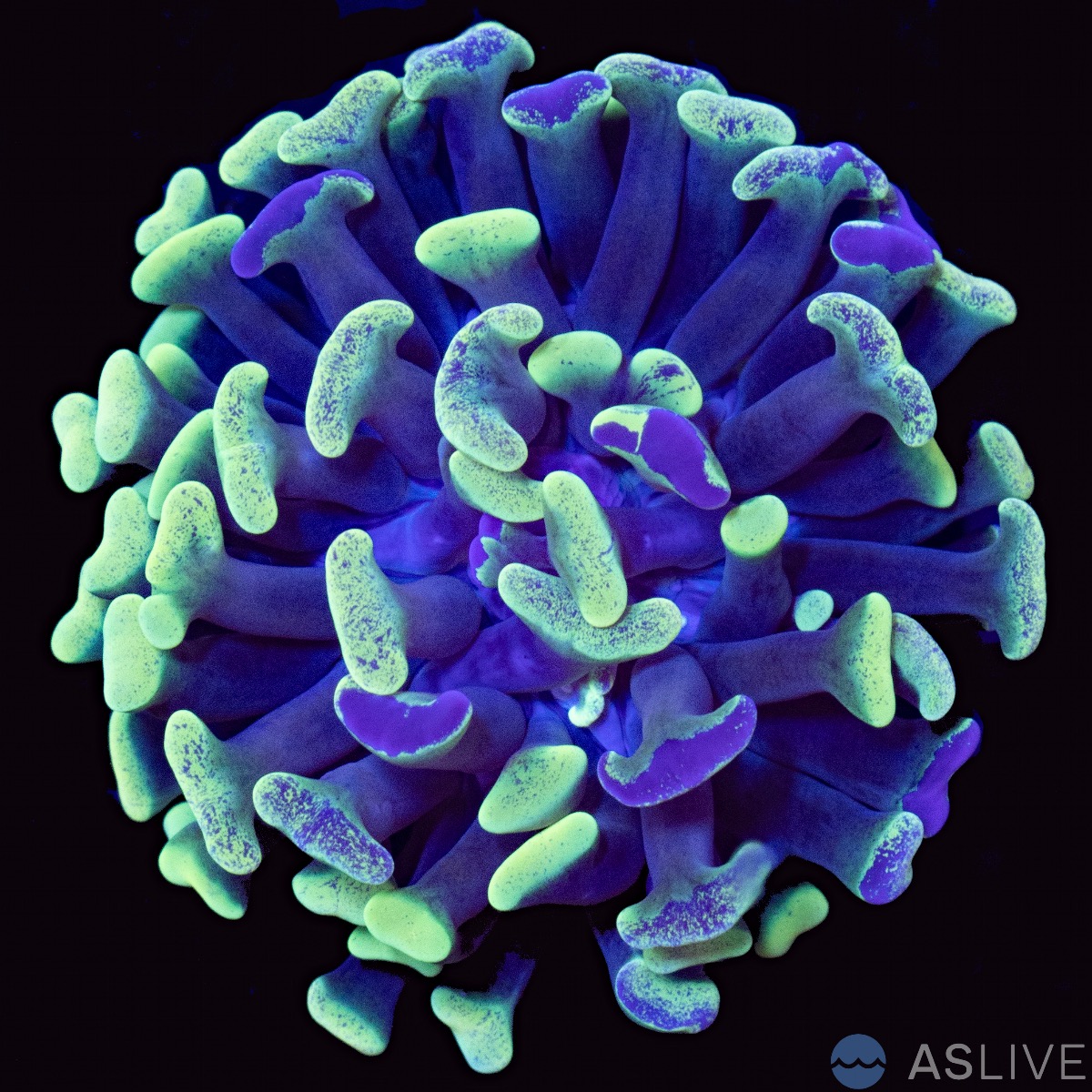
Feeding and Maintenance
-
Feeding: Most corals rely on light for photosynthesis, but many also benefit from supplemental feeding. You can feed corals with small, meaty foods like brine shrimp, mysis shrimp, or specialized coral foods. Pay close attention to the the oral disk size when feeding corals becuase some foods can be too large for the coral to ingest. Feeding 1-2 times per week is a good rule of thumb but it is important to monitor phosphate and nitrate levels to make sure you are not overfeeding.
-
Maintenance: Regularly check water parameters and perform water changes to keep the tank environment stable. Remove any algae growth from the tank, as it can compete with corals for light and nutrients. Also we suggest keeping beneficial fish and clean-up crew invertebrates in the aquarium to help with nuisance algae.
Troubleshooting Common Issues
-
Algae Overgrowth: Algae can overtake your tank if nutrients like nitrates and phosphates are too high. Regular water changes, proper filtration, and controlling feeding can help manage algae.
-
Coral Bleaching: If corals turn white, it’s usually due to stress from changes in light, temperature, or water quality. Check and adjust your tank conditions immediately. Corals that bleach can return to normal coloration if proper conditions are maintained for several weeks. Further stress after a bleaching event can kill a coral before it has time to recover.
-
Pests: Pests like parasitic nudibranchs, flatworms, and aiptasia anemones can harm corals. Regularly inspect your corals and remove any pests you find. There are also specialized treatments available. We reccomened dipping and isolating corals before introducing them into the main display tank.
Starting a coral aquarium can be a fulfilling journey, especially with the right knowledge and preparation. By choosing beginner-friendly corals and maintaining proper tank conditions, you can create a thriving and beautiful slice of the ocean. As you gain experience, you can gradually introduce more challenging species to your aquarium. We hope this article will help you get on your way into the reef aquarium hobby. For other introductory aquarium articles, please visit our beginner learning center section.




